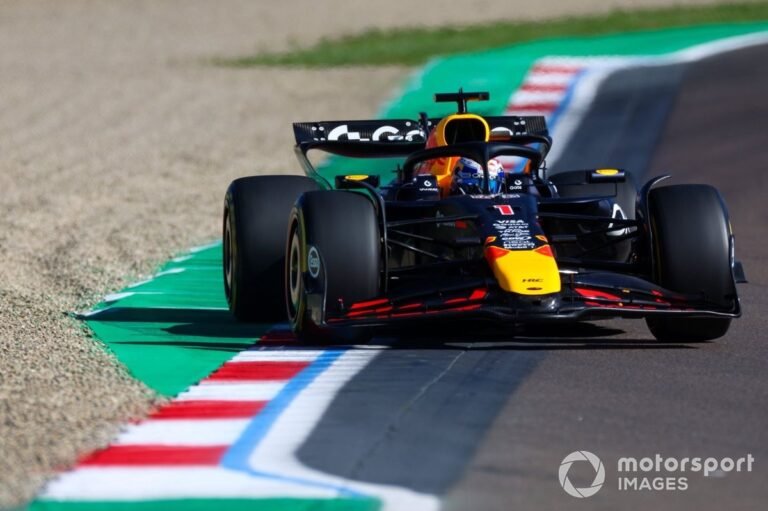The Design of F1 Cars: Tailored for Drivers?
In a recent discussion, motorsport strategist Roger Woodward raised an intriguing question regarding whether Formula 1 cars are designed to suit specific driver styles. This inquiry has historical context, with notable examples such as Red Bull’s configurations favoring Max Verstappen and the Benetton designs aligning with Michael Schumacher’s driving traits.
Pat Symonds, a veteran engineer in the field, provided clarity on this topic. He asserts that the primary objective in car design is to achieve optimal physical performance—prioritizing weight reduction and aerodynamic efficiency over individual driver preferences. Symonds noted, "The reality is that you always design a car to give the maximum possible physical performance."
While personalized setups are implemented during races to accommodate driver feedback, the foundational design principles remain rooted in maximizing speed and handling capabilities. Ultimately, as legendary driver Jackie Stewart remarked, the "fastest car is always a bitch," emphasizing the challenges drivers face regardless of their skill.
This discussion highlights a crucial aspect of F1 engineering: while driving styles may influence setup choices, the essence of car design focuses squarely on delivering peak performance. For fans and professionals alike, this understanding enriches the appreciation of both the technology and the drivers navigating its complexities.



